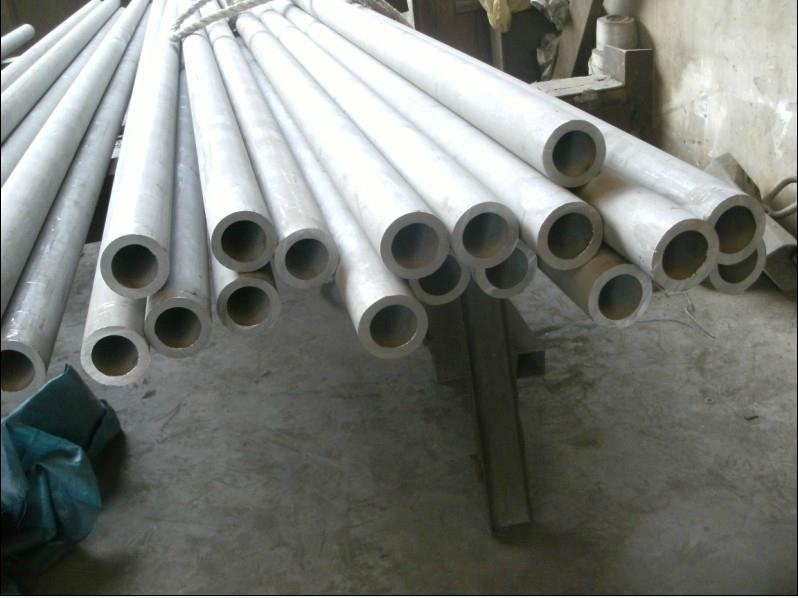317 317L stainless steel pipe
Model No.︰BS-SSPT
Brand Name︰BS
Country of Origin︰China
Unit Price︰-
Minimum Order︰1 ton
Product Description
Product Introduction: 317 and 317L Stainless Steel Pipe – Advanced Corrosion Resistance for Diverse Applications
The 317 and 317L stainless steel pipes are highly regarded within the industrial sector for their exceptional resistance to corrosion and high-temperature strength. These austenitic stainless steels are specifically designed to meet the needs of various environments, making them ideal for applications in chemical processing, oil and gas, power generation, and food processing industries.
Physical Properties Overview
Both 317 and 317L stainless steel pipes exhibit remarkable mechanical properties that enhance their durability and performance. The addition of molybdenum, which is present in both alloy formulations, significantly improves their resistance to pitting and crevice corrosion in chlorinated environments.
-
Tensile Strength and Yield Strength: The typical tensile strength for 317 stainless steel is approximately 95,000 psi (655 MPa), with a yield strength of around 45,000 psi (310 MPa). In contrast, the 317L variant is optimized for lower carbon content, allowing it to maintain similar tensile properties while providing enhanced weldability and resistance to sensitization during welding.
-
Elongation: Both alloys offer an elongation in 2 inches of at least 40%, showcasing their excellent ductility, which facilitates easy fabrication and forming into various shapes.
-
Hardness and Modulus of Elasticity: The maximum hardness of 90 Rb ensures that pipes are sufficiently hard while still being workable. The modulus of elasticity is around 29.0 x 10^6 psi, providing rigidity in applications under mechanical stress.
Chemical Composition
The chemical composition of 317 and 317L plays a vital role in their performance characteristics:
-
317 Stainless Steel: Contains approximately 18% chromium and 12% nickel, with about 3%-4% molybdenum. The presence of molybdenum distinguishes it by enhancing resistance to corrosion, especially in environments containing chlorides.
-
317L Stainless Steel: Formulated with similar chromium and nickel content, 317L features a lowered maximum carbon level (0.03%) compared to 317. This reduction minimizes carbide precipitation during welding, which enhances corrosion resistance.
Applications in Industry
The versatility of 317 and 317L stainless steel pipes is evident across a broad range of applications:
-
Chemical Processing: The excellent corrosion resistance makes these alloys ideal for use in chemical reactors, heat exchangers, and pipelines that handle aggressive substances.
-
Oil and Gas: These materials are used extensively in offshore and onshore oil and gas production equipment, where exposure to harsh conditions and corrosive agents is prevalent.
-
Power Generation: They are utilized in components exposed to high temperatures and pressures, including superheater tubes and boiler components.
-
Food Processing: The hygienic properties of 317 and 317L stainless steel pipes make them suitable for use in food processing equipment, ensuring compliance with health and safety regulations.
Conclusion
In summary, 317 and 317L stainless steel pipes are essential materials for industries that demand high performance under challenging conditions. Their superior mechanical properties, excellent corrosion resistance, and versatility in applications make them a preferred choice among engineers and manufacturers.
When selecting stainless steel pipes for specific applications, it is crucial to consider factors such as the operating environment, required mechanical properties, and potential exposure to corrosive agents. Consulting with material experts can help ensure that 317 or 317L pipes meet the unique requirements of your project, providing long-lasting performance and reliability.
In today's industrial landscape, investing in high-quality materials like 317 and 317L stainless steel pipes ensures that operations remain efficient and resilient against the challenges posed by demanding environments.
